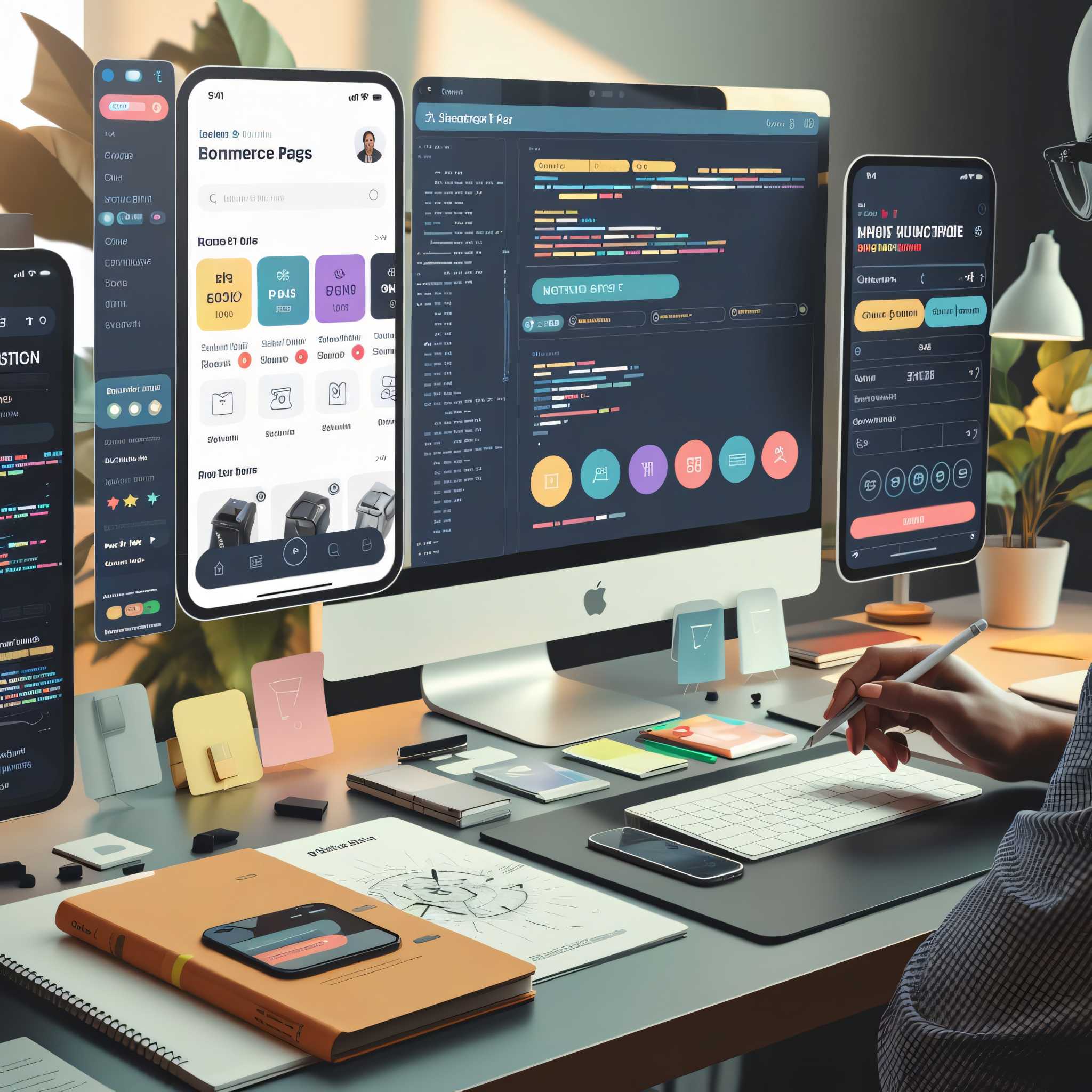
How to Improve Web Design Skills: A Practical Guide
If you’ve ever scrolled through a beautifully crafted website and thought, ‘Wow, I wish I could design something like that’, you’re not alone. Web design is no longer just about making a site look good, it’s about creating an experience. Whether you’re a beginner dabbling in design or someone who wants to take their career to the next level, learning how to improve web design skills is the key that unlocks better opportunities, higher-paying projects, and the satisfaction of building something truly impactful.
Let’s explore practical and human-centered ways to enhance your design expertise and create websites that people genuinely love.
Why Web Design Matters More Than Ever
The digital world is crowded. Every brand, business, and personal project is fighting for attention. A good design doesn’t just ‘look nice’ it determines whether people stay on your website or bounce away. Studies show that users form an opinion about a site within 50 milliseconds. That means your design is your elevator pitch.
If you want to improve at designing sites, think of it as a process to build up your ability to persuade, communicate, and earn trust through the world wide web.
How to improve web design skills Step 1: Learn the Foundations of Design
Learn basics correctly before using advanced tools or frameworks.
- Typography: Fonts define readability and brand recognition.
- Color Theory: Picking colors that match well and also show differences is very important.
- Layout & Spacing: White space is not empty; it helps the user see things and creates balance.
Keep things basic and you’ll find you can make standout designs with minimal effort. Too many newbies rush to the advanced tools and forget that learning to improve web design fundamentals is all about learning the key basics.
Step 2: Get Hands-On with Modern Tools
Today’s designers are spoiled with tools to choose from. Figma, Adobe XD, and Webflow are only a handful to name a few. Exploring these sites will enhance design expertise and facilitate collaborations.
Don’t just sit through tutorials, make something. Redesign a landing page for a favorite brand, make a portfolio by yourself, or help out a friend by designing for their project. Each step further is moving ahead.
Step 3: Study Real Websites Critically
One of the best learning tools that everyone doesn’t take advantage of is reverse engineering. Choose a website you like and reverse engineer it:
- Why is the homepage friendly?
- Why is it hard to navigate?
- Why is the color palette aligned with the brand message?
When you practice this often, you will see patterns and techniques you can use in your own projects. It’s a great trick if you want to improve your web design skills without spending a lot of money at the start.

Step 4: Stay Updated with Design Trends
Design is always changing. What was good five years ago seems old now. Glassmorphism, minimalism, bold text, and interactive features are some trends that are shaping today’s web experiences.
Explore essentials like:
- Figma or Adobe XD for design collaboration.
- Tailwind CSS for responsive styling.
- Accessibility guidelines (WCAG) for inclusive experiences.
Step 5: Learn a Bit of Front-End Development
While you don’t have to become a full-stack developer, learning some basic HTML, CSS, and JavaScript can significantly benefit your design talent. Once you realize how code is transformed to visual, you are able to create designs that are functional, perform well and are easier to implement for developers.
In short, if you’re asking how to improve web design skills, bridging the gap between design and code is a game-changer.
Step 6: Seek Feedback and Iterate
The harsh truth? You won’t nail it the first time. That’s okay. Share your work with peers, mentors, or online communities. Constructive criticism is gold. The more feedback you gather, the faster you’ll grow.
Iteration, constantly improving your design is where you’ll see the real transformation.
Step 7: Invest in a Professional Course
Self-studying works well, but formal guidance can bring you there sooner. To really be a pro at it, it’s a good idea to take a course.
For learners in India, the top web design course in Bangalore provides practical projects, guidance from industry experts, and experience with real-life design problems. These courses are more than just theory, they get you ready for the tough job market and freelance work.
Step 8: Build a Portfolio That Tells a Story
Employers and clients don’t just want to see ‘pretty designs’ they want to understand your thought process. Document your projects, explain your design choices, and showcase how you solved problems.
Your portfolio is your personal brand. The more authentic and polished it is, the more opportunities will come knocking.
Step 9: Keep Practicing Like a Musician
Design is like music; it gets better with practice. Make time every day or week to do small design tasks. After a while, you will see your skills improve, your ideas grow, and your speed increase.
When you’re planning to improve your skills about web designing, remember it is not a jump but continuous small steps.
LISAA’s Approach to Shaping Creative Web Designers
At LISAA School of Design, web design isn’t treated as just a technical skill, it’s seen as the art of creating human-centered digital experiences. Students are guided to think beyond visuals, learning how to craft designs that feel natural, intuitive, and engaging. The environment is collaborative and experimental, encouraging learners to try, test, and refine their ideas.
What makes LISAA unique is how it blends creativity with industry relevance:
Real-World Projects – Students get hands-on exposure by working on assignments that mirror professional challenges.
Global Perspective – The curriculum is aligned with international design standards, preparing students to compete at a global level.
Confidence & Creativity – By the end of the course, learners walk away not only with technical mastery but also with the confidence to innovate.
For anyone serious about discovering how to improve web design skills in a structured yet imaginative way, LISAA offers the right balance of freedom, guidance, and professional preparation.
Final Thoughts
Web design isn’t just a skill,it’s a superpower in today’s digital-first world. From mastering fundamentals to staying updated with trends, from learning code basics to enrolling in the web design course in Bangalore, every step brings you closer to becoming the designer you’ve always admired.
How to improve web design skills? The secret lies in starting now. Don’t just consume content, create, practice, and share. Your dream design career is just a few deliberate steps away.
